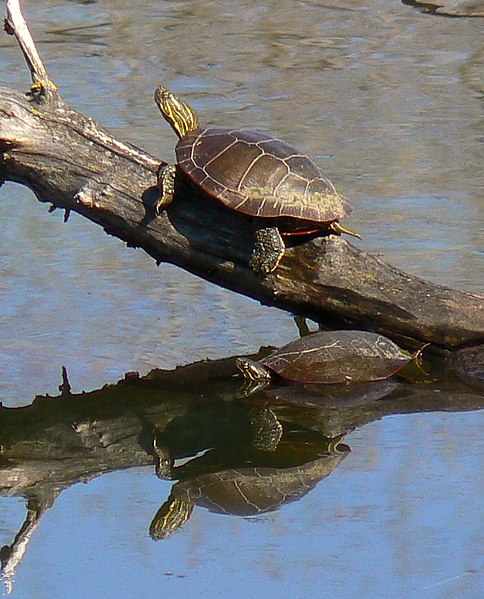 From simple, easily-cleaned habitats to complex environments, herp enthusiasts have many options when it comes to setting up terrariums for reptiles and amphibians. Today I’ll cover everything you’ll need to create an ideal habitat for semi-aquatic, basking turtles, including Red-Eared Sliders, Painted and Map Turtles, Cooters and others. With a bit of modification, your set-up can also accommodate largely-aquatic species such as Musk, African Mud, Snapping and Soft-shelled Turtles. I’ll also mention money-saving alternatives to certain products, along with non-essential “extras” that can be added if you wish.
From simple, easily-cleaned habitats to complex environments, herp enthusiasts have many options when it comes to setting up terrariums for reptiles and amphibians. Today I’ll cover everything you’ll need to create an ideal habitat for semi-aquatic, basking turtles, including Red-Eared Sliders, Painted and Map Turtles, Cooters and others. With a bit of modification, your set-up can also accommodate largely-aquatic species such as Musk, African Mud, Snapping and Soft-shelled Turtles. I’ll also mention money-saving alternatives to certain products, along with non-essential “extras” that can be added if you wish.
Enclosure
Surface area, to allow for swimming and bottom “prowling”, is a more important consideration than water depth for most species. Read More »
 That Reptile Blog – Reptile, Amphibian and Exotic Pet Care and Information
That Reptile Blog – Reptile, Amphibian and Exotic Pet Care and Information



